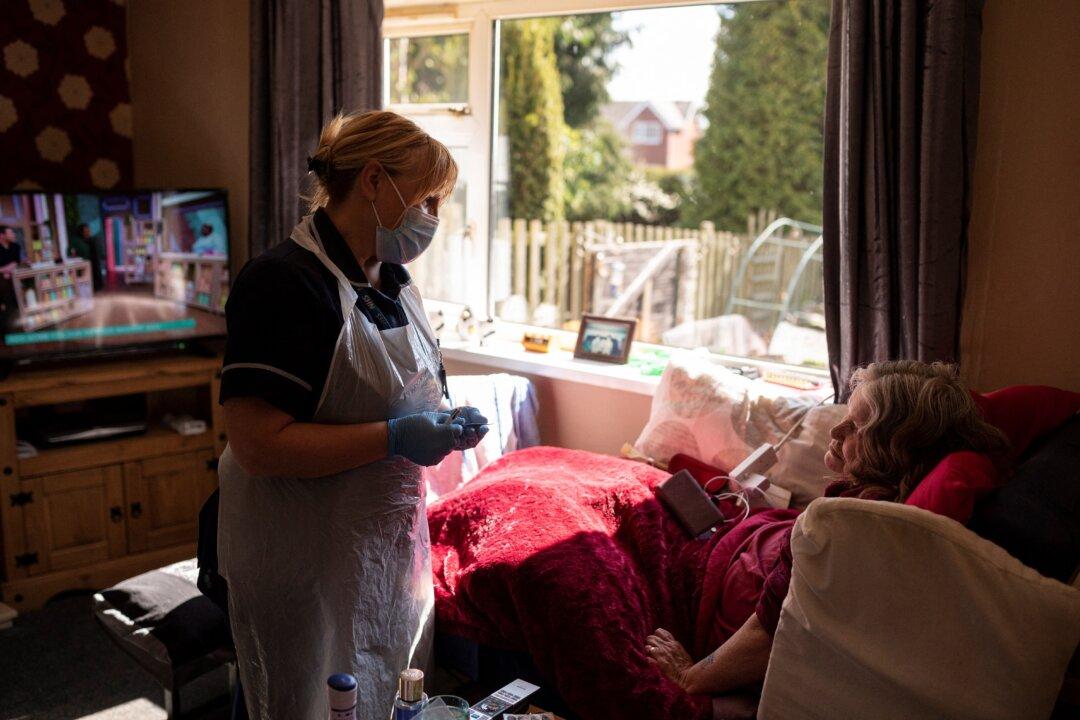Multiple countries across Europe have started to relax COVID-19 rules and restrictions in an effort to keep the economy afloat, despite increasingly high levels of cases, driven by the Omicron variant.
On Thursday, England lifted multiple restrictions including mandatory facemasks in enclosed places and vaccine passports that were previously required to enter nightclubs and large events, although organizations can still choose to use the NHS COVID pass if they wish to do so.





